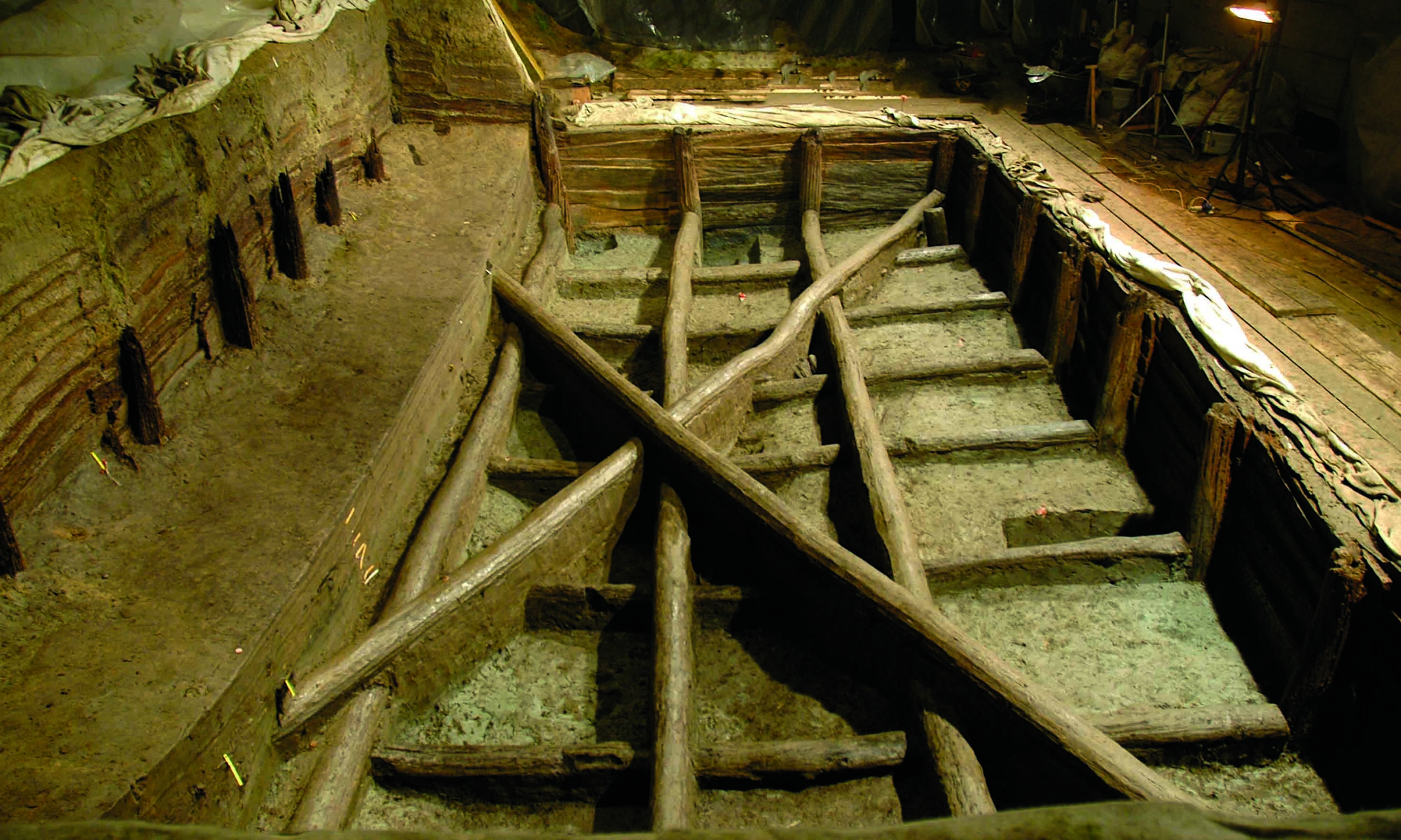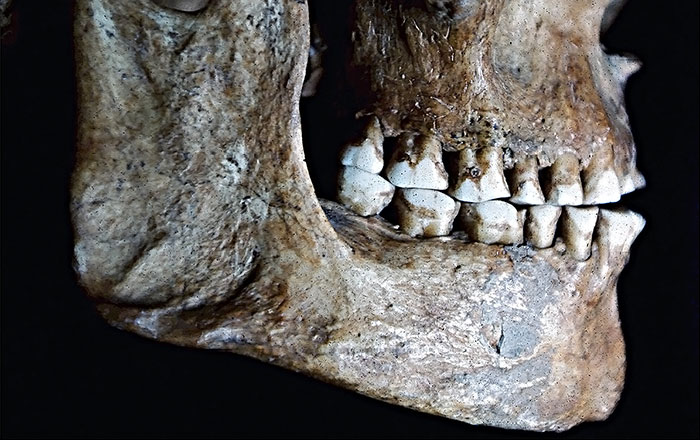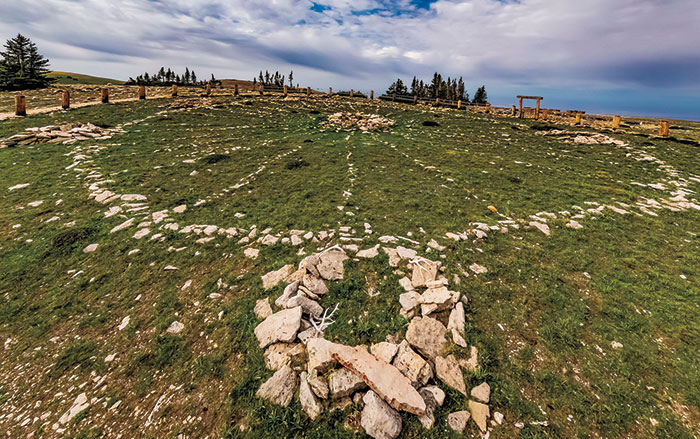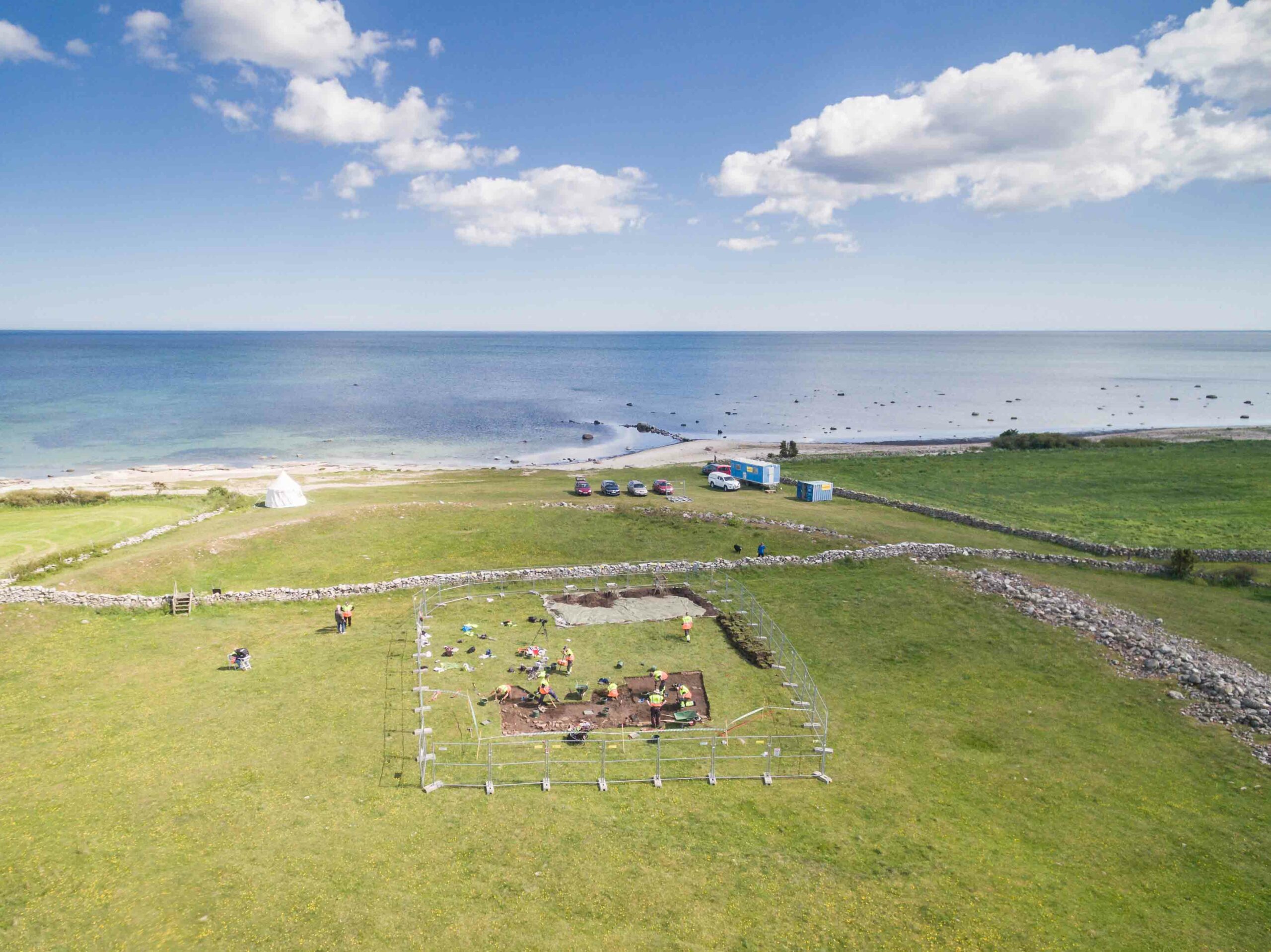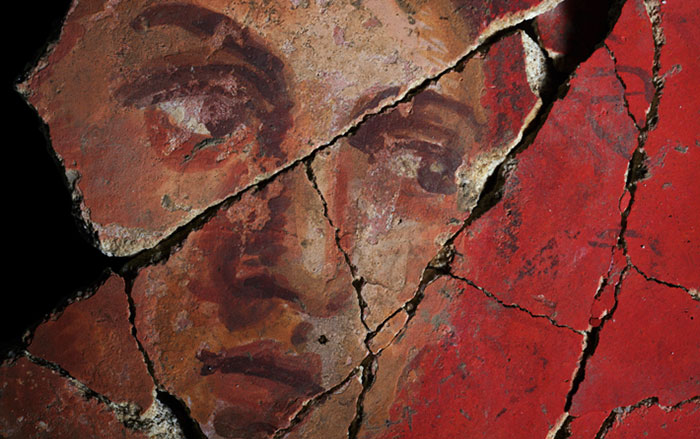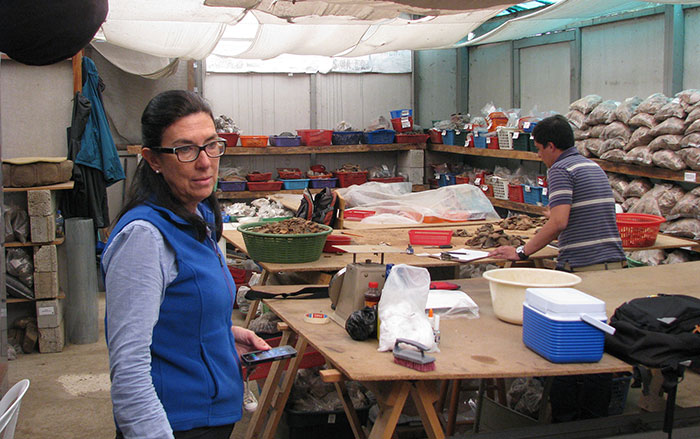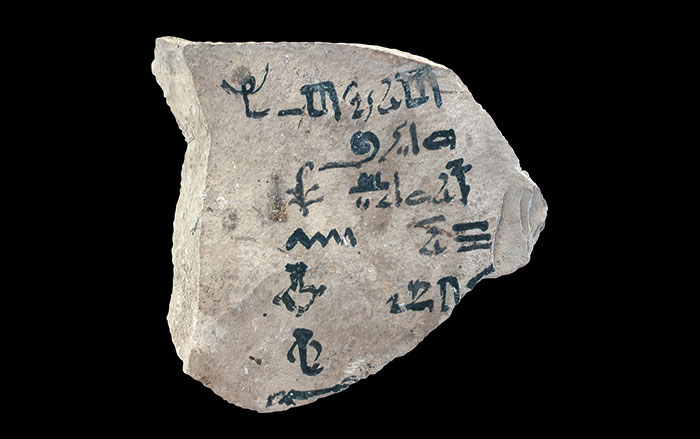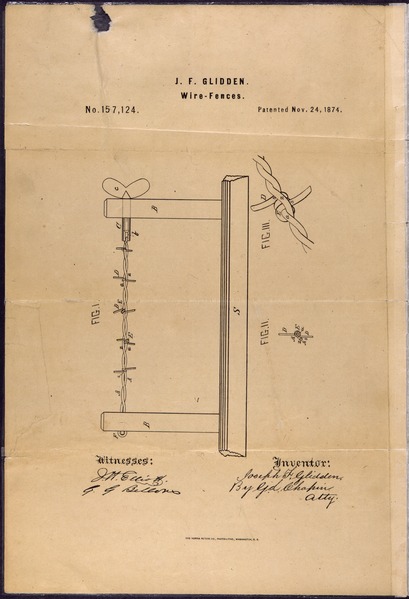
DEKALB, ILLINOIS—Archaeologist Eli Orrvar is excavating the nineteenth-century barn at the home of Joseph F. Glidden, who improved the design of barbed wire and patented it in 1874. Barbed wire was used to construct inexpensive fencing that could restrain cattle, and at first, Glidden manufactured it in his barn. The excavation will become part of the exhibit at the Glidden Homestead. “We have this plan for the usage and historical restoration. The idea is to clear this off so we can clear [the flooring] and then dig those test pits and see if there are artifacts in there,” historic site director Rob Glover told The Northwest Herald. So far, the team has uncovered a glass medicine bottle, a kitchen knife handle, and fragments of glass, coal, and animal bones. To read more about historical archaeology in the United States, go to "Letter from Philadelphia: City Garden."


